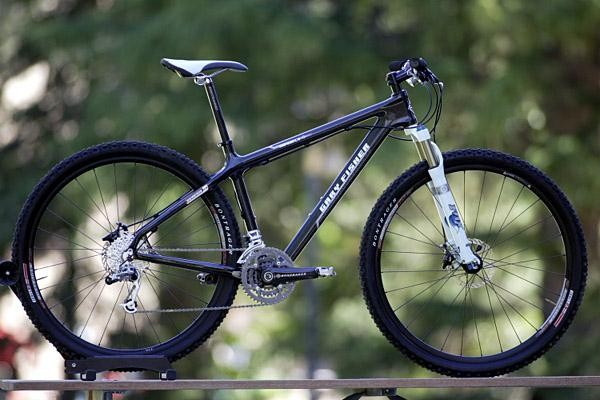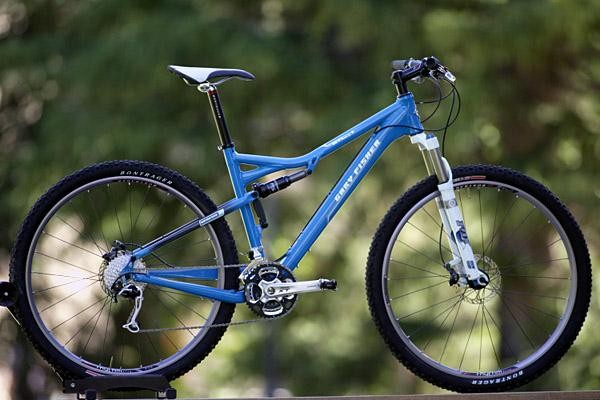Trek and Gary Fisher aim to retake piece of mountain bike pie
By Sue George After (perhaps a few too many) years of basking in the 'Lance era', US bicycle...


By Sue George
After (perhaps a few too many) years of basking in the 'Lance era', US bicycle monolith Trek and dedicated MTB division Gary Fisher refocuses its attention to the mountain bike world with new ideas and innovations for the 2008 model year. Cyclingnews headed to Sun Valley, Idaho, to sample the company's newest wares.
Inasmuch the Trek Madone was inspired and shaped by Lance Armstrong and his United States Postal Service and Discovery Channel teams, many of the 2008 mountain bikes from Trek and Gary Fisher are heavily influenced by their sponsored racers. No longer content to just react to the actions of its competitors, Trek now intends to portray itself as a trendsetter and is using the experience of those riders to help hone its range. The new lineups from Trek and Gary Fisher include a heavily revamped Fuel and expanded 69er offerings from Trek and a wealth of 29" bikes from early big wheel adopter Gary Fisher.
Gary Fisher continues to win over racers to the 29" cause
"Anything we do with two-niners flows through product manager [and semi-retired pro racer] Travis [Brown] on the R&D side and Nat Ross on the race side," said Aaron Mock, Brand Manager for Gary Fisher. "[Pros] Jeremy Horgan-Kobelski and Heather Irmiger are both racing two-niners."
Brown and Ross were already 29" wheel converts (with Brown being more of a 'half convert' with his preferred '69' format), but winning over Horgan-Kobelski and Irmiger required a more convincing argument, especially given Irmiger's decidedly diminutive size. Gary Fisher has demonstrated its commitment to making the alternative wheel format a viable option for the die-hard racing crowd for 2008 with an all-new carbon fiber 29er hardtail aptly named 'Superfly'.
Gary Fisher claims the Superfly is not only lightweight at just 1229g for a medium frame, but also delivers ample drivetrain and torsional rigidity to match its impressive showing at the scale. According to Gary Fisher, the Superfly derives its stiffness from key design evolutions that include a carefully engineered lay-up schedule in its new all-carbon frame, larger head tube junctions courtesy of a semi-integrated headset, asymmetric chain stays, a wider and flatter down tube underside near the bottom bracket, a beefier-looking reinforced seat cluster design, and a return to a wider 73mm bottom bracket shell.
Get The Leadout Newsletter
The latest race content, interviews, features, reviews and expert buying guides, direct to your inbox!
To read the complete tech feature, click here.